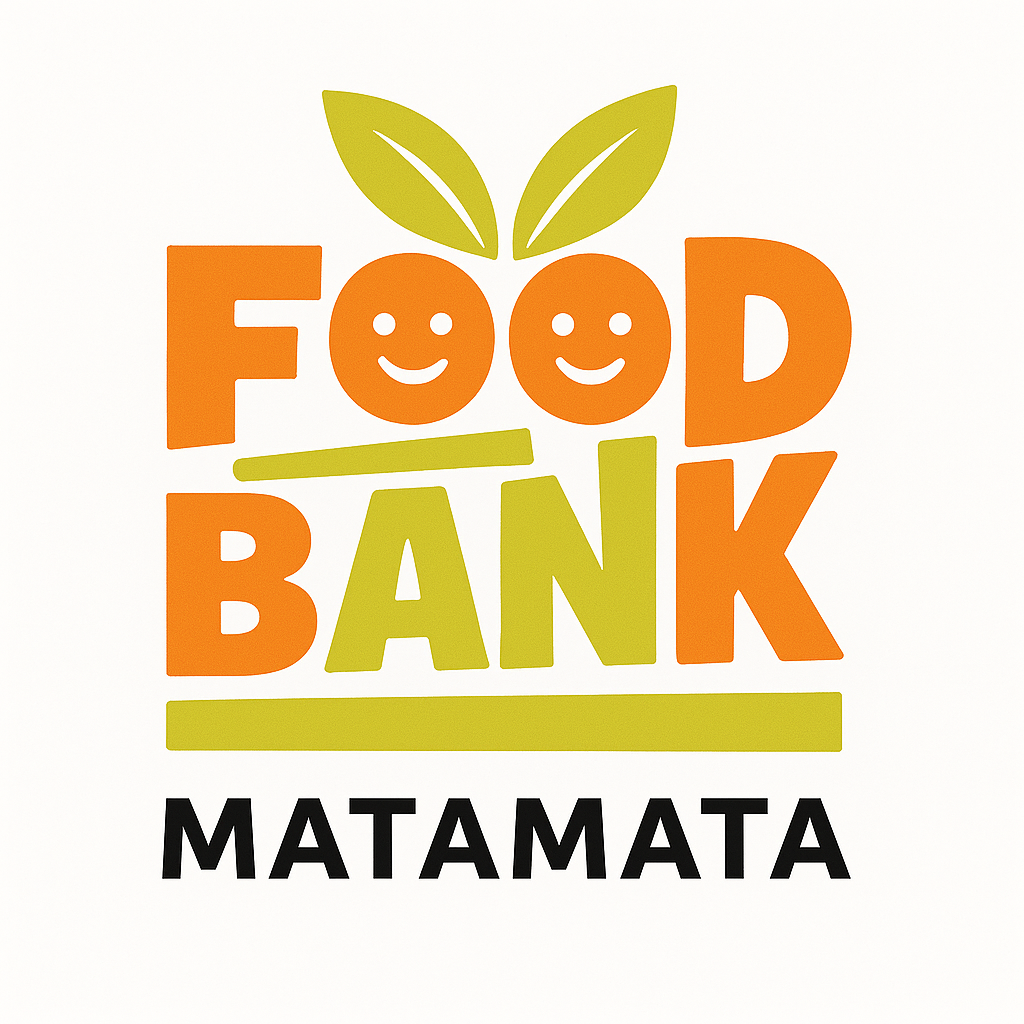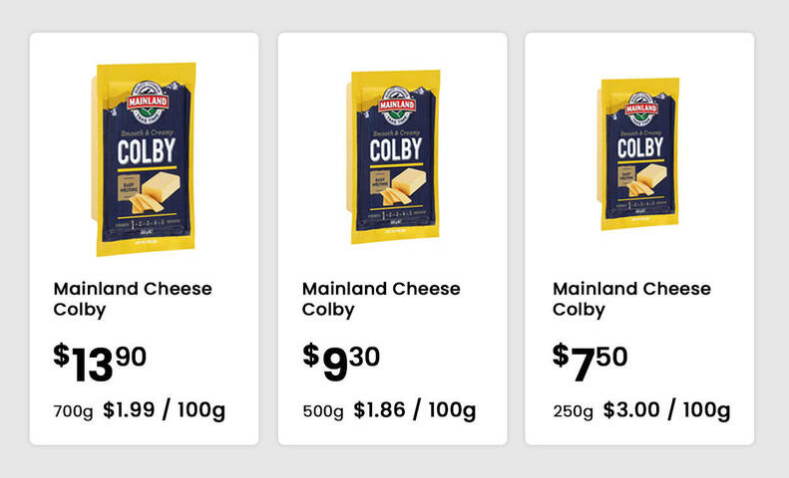Unit pricing calculates the price per standard unit (e.g., per kilogram, liter, gram, or individual piece).
Formula: – Divide the product’s total price by the quantity it contains (e.g., divide the price of a 1.5kg bag of flour by 1.5kg). For example – If a tray of 20 eggs costs $8.20, the unit price is $0.41 per egg (calculated by dividing $8.20 by 20).
So for those wondering in the cheese image the best buy based on unit price is the 500g block.
So how can you use unit pricing for your grocery shopping to ensure you are getting the best buy:
Look at Supermarket Labels – Look for unit price labels on shelves, which often display the cost per unit (e.g., per ounce, per pound, or per piece).
When comparing similar items – like different brands or package sizes, Frozen verse Fresh vegetables use the unit price to determine which one offers the best value.
Bulk Buying – Bulk buying can be cheaper in terms of unit price, but consider your needs and storage space.
Below are some links to great consumer nz articles on this topic.

